Tumwater has long been known for its crystal-clear drinking water. The now-defunct Olympia Brewing Company built its reputation on the area’s artesian springs, adopting the tagline “It’s the Water.” The Thurston Public Utility District, which supplies water to many of Tumwater’s residents, once won an award for the best-tasting drinking water in the state.
But that crystal-clear reputation has started to erode. Recently, tests have revealed that several wells in Tumwater are contaminated with PFAS, or per- and polyfluoroalkyl substances.
These are a class of water-resistant human-made chemicals used in a wide variety of products from rain jackets to Teflon pans to firefighting foam. These so-called “forever chemicals” don’t break down easily in the environment and have been found to have negative health impacts that include higher cholesterol, decreased immune response, thyroid disease and increased risks of kidney and testicular cancer.
It’s a nationwide problem – a U.S. Geological Survey report in 2023 estimated that nearly half of the nation’s drinking water may contain PFAS. Even some Washington state water systems with a reputation for high-quality water aren’t immune.
“I’ve been spoiled,” said Paul Grant, a resident of the Lazy Acres neighborhood in Tumwater, which is served by Thurston PUD, noting his water has always “tasted great.” In 2021, tests revealed that two wells serving 94 households in the community were over the state’s acceptable levels for PFAS. “I’m definitely concerned,” Grant said, noting that he temporarily switched to bottled water and is talking to his landlord about installing a filtration system.
According to the latest data from the Washington State Department of Health, 30 public water utility sites across the state currently contain PFAS over the state action level, which requires utilities to create plans to remove or treat the source if possible.The state regulates five PFAS chemicals, and the two most common, PFOA and PFOS, are limited to 10 parts per trillion and 15 parts per trillion respectively – equivalent to less than a drop of water in an Olympic-sized swimming pool.
Barry Rogowski, toxics cleanup manager for the Washington State Department of Ecology, said the challenge of addressing PFAS contamination statewide is equal to the scale of widespread solvent contamination from dry-cleaning shops and industrial sites in the 1990s. “This is as significant as anything that we’ve seen in the last 30 years,” Rogowski said. “The problem with PFAS is they travel very rapidly, and in great distance in groundwater – much more so than some other compounds like gasoline or solvents.” PFAS chemicals were used extensively because they’re so slippery and water-repellent – properties that made them great for Gore-Tex jackets but unfortunately also make them widespread and difficult to clean up.
The federal Environmental Protection Agency is in the process of issuing regulations on PFAS. In early February, the EPA designated nine PFAS compounds as “hazardous constituents,” a step toward declaring them hazardous chemicals requiring cleanup nationwide. Many state officials expect that the EPA will set a stricter limit than Washington’s – at four parts per trillion – meaning that an additional 300 public drinking-water sources in the state that have PFAS above that level may also need to be addressed.
The chemicals, used in everything from dental floss to food packaging, tend to accumulate and not leave the human body. A study published in 2015 found that PFAS exist in the blood of 97 percent of Americans. In 2022, the state Legislature passed a law phasing out the use of PFAS in many consumer products by 2025.
This bioaccumulation is why the EPA is expected to set the allowable levels so low, said Sophia Petro, a water-quality program manager for the Washington State Department of Health. “ considers both PFOA and PFOS to be carcinogens and basically will set the maximum contaminant level goal at zero,” Petro said.
Water utilities face an expensive task ahead when they discover PFAS. Remedies include taking a well offline, filtering water with one of two costly processes, or diluting with water from other sources.
Rogowski said that the Legislature in its 2023 budget funded a study tasking Ecology and the Department of Health with estimating what it will cost statewide to address the problem. That report is due at the end of 2024. “This is a very large problem,” he said. “It’s extensive and widespread, and has significant impacts, particularly on drinking water – billions of dollars for filter systems, and then long-term cleanup costs.”
The federal Environmental Protection Agency is in the process of issuing regulations on PFAS. In early February, the EPA designated nine PFAS compounds as “hazardous constituents,” a step toward declaring them hazardous chemicals requiring cleanup nationwide. Many state officials expect that the EPA will set a stricter limit than Washington’s – at four parts per trillion – meaning that an additional 300 public drinking-water sources in the state that have PFAS above that level may also need to be addressed.
The chemicals, used in everything from dental floss to food packaging, tend to accumulate and not leave the human body. A study published in 2015 found that PFAS exist in the blood of 97 percent of Americans. In 2022, the state Legislature passed a law phasing out the use of PFAS in many consumer products by 2025.
This bioaccumulation is why the EPA is expected to set the allowable levels so low, said Sophia Petro, a water-quality program manager for the Washington State Department of Health. “ considers both PFOA and PFOS to be carcinogens and basically will set the maximum contaminant level goal at zero,” Petro said.
Water utilities face an expensive task ahead when they discover PFAS. Remedies include taking a well offline, filtering water with one of two costly processes, or diluting with water from other sources.
Rogowski said that the Legislature in its 2023 budget funded a study tasking Ecology and the Department of Health with estimating what it will cost statewide to address the problem. That report is due at the end of 2024. “This is a very large problem,” he said. “It’s extensive and widespread, and has significant impacts, particularly on drinking water – billions of dollars for filter systems, and then long-term cleanup costs.”
High-profile contamination sites near military facilities in Washington have garnered the most attention so far – in part because sites such as the Yakima Training Center, the Whidbey Island Naval Air Station, Joint Base Lewis McChord and Fairchild Air Force Base near Spokane were all known to use large quantities of firefighting foam containing PFAS in training exercises. The Department of Ecology is working to identify those sources and pressure the military to pay for treatment and cleanup.
But as other sites are discovered, the sources of PFAS often aren’t as easy to track down, especially because the slippery substances can travel far – sometimes evaporating and falling back to earth in rain.
In Vancouver, remediation could total $235M
Vancouver, Washington’s water system is the third-largest in the state, serving nearly 280,000 customers. In late 2020, before the state Department of Ecology had finalized its PFAS action levels, the city of Vancouver decided to be proactive and test its wells – the city relies exclusively on groundwater from three aquifers as the source of its drinking water.
No PFAS chemicals had been detected during tests in 2013, so Tyler Clary, Vancouver’s water engineering program manager, was shocked to discover that five of the city’s nine water stations had concentrations of PFAS above the state action level – and three additional stations were above the expected EPA level.
“It was like – oh crap, what are we going to do?” Clary said. “How big of an issue is this? What levels are a health concern, because it’s an ever-evolving science. We really had to educate ourselves on the subject. And then try to address it and work toward a solution.”
Each of the nine water stations in Vancouver draws on a variety of wells, so in the short term, Clary said, Vancouver is attempting to dilute the most polluted sources with water from wells that have no PFAS or at least lower concentrations. “We try to keep the ones with higher concentrations offline as much as possible,” Clary said.
The city has worked with the Department of Health and Clark County Public Health to alert affected residents and recommend options that include buying bottled water or installing filtration systems. Pregnant people and infants who are breastfeeding or on formula are most at risk, DOH says on its website.
In December, the city of Vancouver developed a three-year treatment plan, which will employ two technologies at various sites to treat contaminated water: granular activated carbon (which absorbs PFAS) and ion exchange (in which PFAS is pulled from water and replaced with a different ion). The city also plans to drill deeper wells at two sites.
Clary said the city estimates it will cost $235 million to install the equipment needed to remove PFAS from its drinking water and an additional $1.5 million each year to maintain the filtration systems.
How Vancouver will pay for these upgrades is an open question. The city received a $12.7 million grant from the Washington State Water Revolving Fund (a pot of money that’s a mix of state and federal dollars for drinking-water projects) that will allow the city to install treatment equipment at one site with the highest PFAS concentrations – 18.6 parts per trillion, slightly over the state limit of 15 ppt.
Last May, the state Attorney General’s Office filed a lawsuit against 20 PFAS manufacturers, including 3M and DuPont, to help pay for the state’s efforts to fix its contaminated water systems. In response to separate national class action suits, DuPont and two other manufacturers of PFAS agreed in June to a $1.3 billion settlement, and in August 3M agreed to a $10.3 billion settlement.
While those settlements are significant, more money will be needed.
Rogowski said that Ecology likely needs a dozen more staff members just to tackle the complex task of determining sources of PFAS and who should pay for cleanup. “We have a pretty high number of attorneys in the Attorney General's Office that support the cleanup program,” he said, noting that determining who’s at fault will be tricky. “Maybe multiple people contributed to contamination on a site and you’ve got to sort out who owes what,” he said.
In December, the Biden administration announced it is designating $10 billion from the 2021 Bipartisan Infrastructure Bill for PFAS removal, much of it to be available as grants to states and tribal entities.
Clary said that although the city of Vancouver has been working with a consultant for three years attempting to locate the sources of PFAS in the city’s water system, they haven’t found an obvious culprit. “It’s very widespread at really low concentrations and we haven’t been able to pinpoint even one specific source.”
Determining sources of contamination may be a tricky undertaking, and according to Rebecca Lawson, toxics cleanup manager for the Department of Ecology’s southwest region (which includes both Tumwater and Vancouver), her office isn’t currently able to conduct these complex investigations. “Typically, the way we approach cleanup sites, we're aware of contamination and we try to look for a liable party,” Lawson said, noting there’s no clear culprit for contamination at either Lazy Acres or Vancouver.
“I don't have the staff or the financial resources just to jump out and start doing a bunch of investigations,” she said, “I don’t have enough to deal with what we have on our plates already.”
At Lazy Acres, concerns about what’s next
In late 2021, just before state regulations on PFAS went into effect, Thurston PUD found levels of PFOS at the two wells in Lazy Acres over the state limit of 15 ppt, said general manager John Weidenfeller. He said measurements since that time have averaged 18 ppt, slightly over the state action level.
Thurston PUD, which provides water to about 10,000 households in Thurston and five other counties, notified the 94 affected homes in Lazy Acres about the contamination.
Paul Grant, who’s retired and has lived in the neighborhood for two and a half years, said he’s been receiving updates from Thurston PUD every month or two. Troubled, Grant said he had a long phone call with customer service at the utility: “And I was like, OK, but what happens next?”
Weidenfeller said that in the short term, Thurston PUD has applied for a grant from the state to install filtration systems at the two wells in Lazy Acres, which he estimates will cost more than $500,000 – a significant cost for a system serving a little over 200 people.
It’s a frustrating development, says Kim Gubbe, Thurston PUD’s director of field operations, especially since Lazy Acres won an award in 2009 from Evergreen Rural Water for the state’s best-tasting drinking water. “It's one of our best non-chlorinated water systems. It has just the right amount of minerals in it,” Gubbe said. “I would not have made a bet we would find PFAS in it.”
If the grant doesn’t come through, Weidenfeller said, the utility is considering other options, including purchasing water from the city of Tumwater or adding a surcharge to customer rates. More money at the state and federal level will be necessary, Weidenfeller said, especially once the more stringent EPA rules are enacted and water utilities compete to address PFAS. “We could eat up that whole pot of money easily,” he said.
Clary noted, however, that at the same moment Washington is scrambling to figure out how to pay for PFAS removal, in 2023 the state used only a small fraction of $63 million available in federal drinking-water funds intended to remove lead in service lines, which isn’t as prevalent here as on the East Coast. “Why can’t we use that lead service-line replacement money for PFAS?” he wondered, noting that the city is lobbying to change the rules that apply to those funds.
One resident of Lazy Acres, who wanted to be identified by only her first name, Valerie, to protect her privacy, said that ever since PFAS was discovered in her community, she’s lost faith in Thurston PUD. “It was the best, really tasty,” she said. “Now I’ve started to drink bottled water, and I wonder if I should use it when I make coffee. I don’t trust what they do to their system.”
Coincidentally, while preparing to speak to Crosscut for this article, Ecology’s Rebecca Lawson noticed on the Department of Health’s dashboard that one water source between Olympia and Tacoma known as Classic Heights tested over the state limit in September. This was personally significant because Lawson lives about a mile away from the Classic Heights site and draws water from a private well on her property.
“It feels a bit concerning,” she said about discovering PFAS so near her home. “Like, wow – maybe I need to think about having my well tested.”

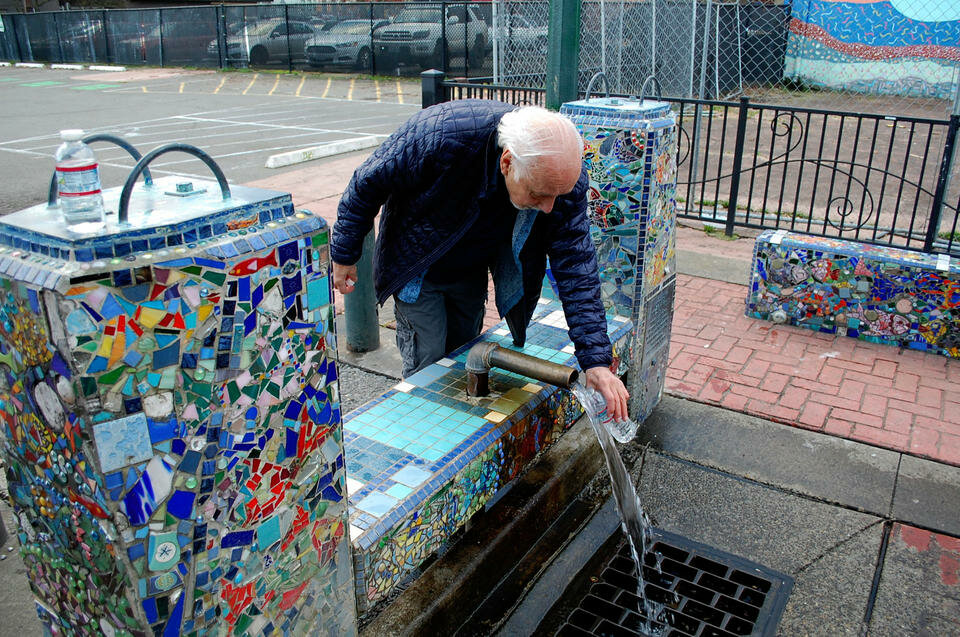
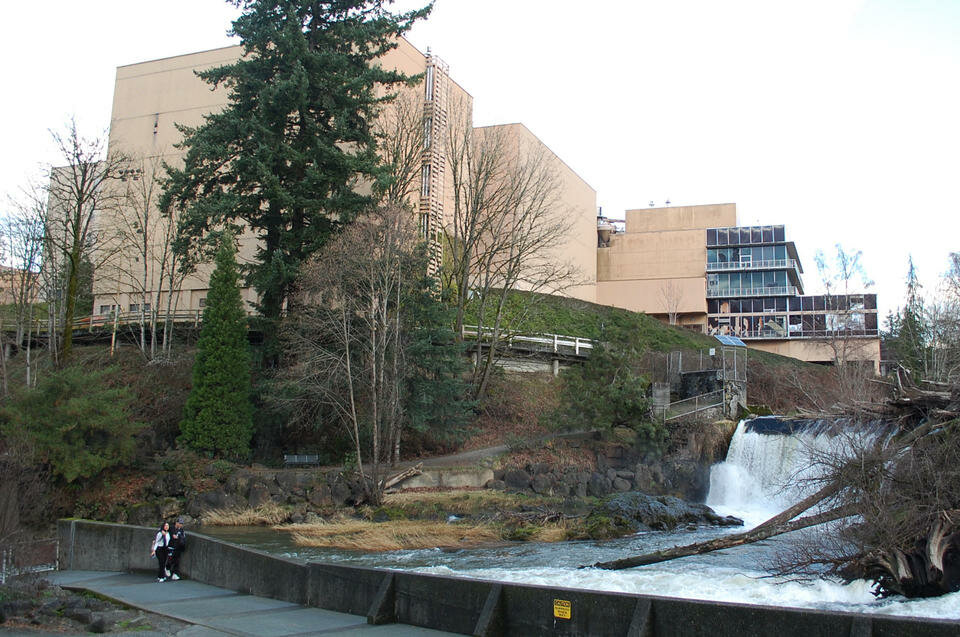
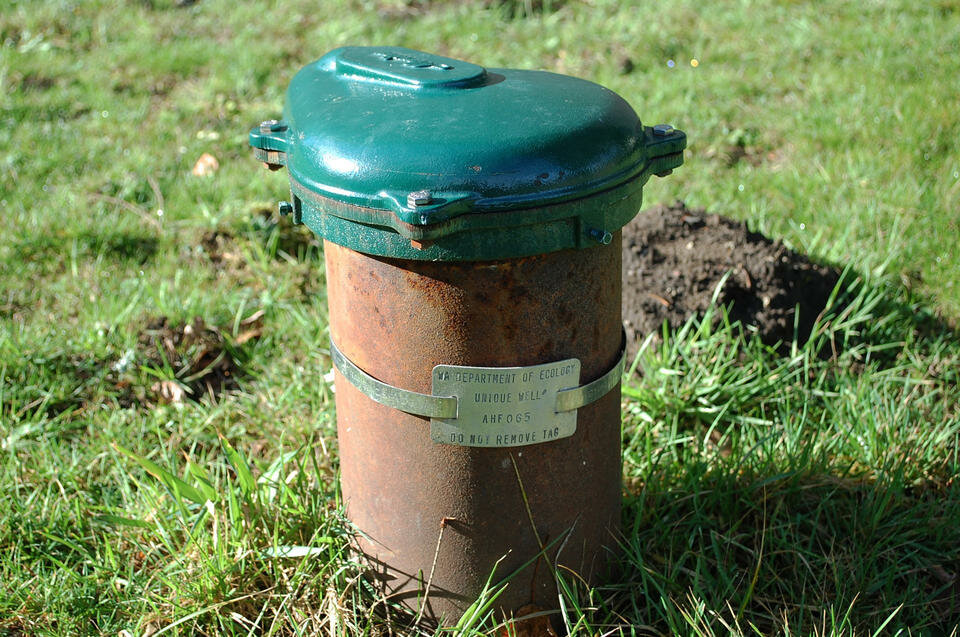



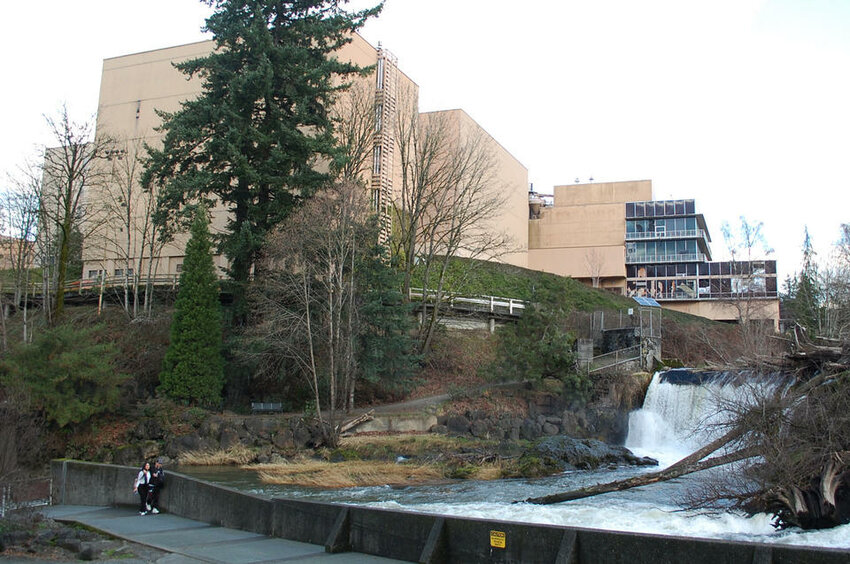
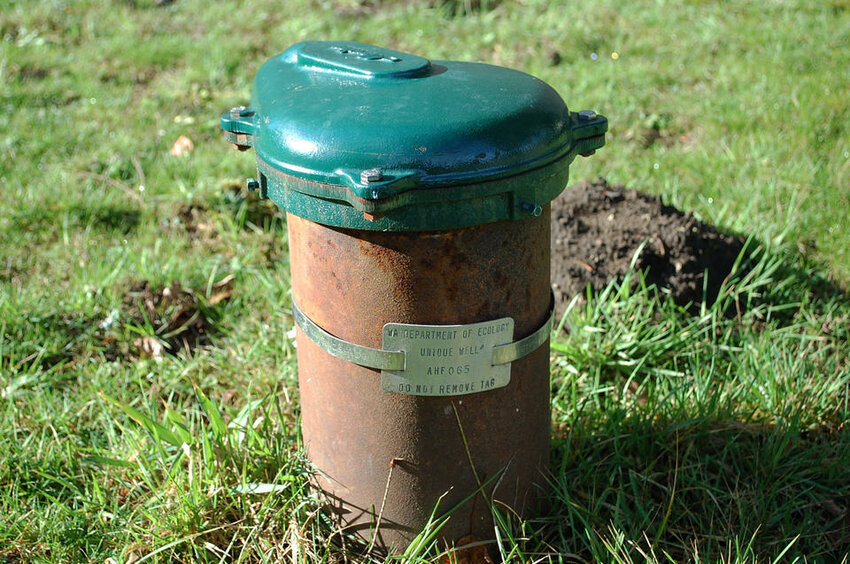





Deskandchairs
Interesting article. Now that you have readers concerned, I was disappointed that the link in
"According to the latest data from the Washington State Department of Health, " showed only two water sources tested in Thurston County, one tested in 2023 and one in 2021? Is this another Government site that is too complicated to use? Or, does this show woefully inadequate testing?
Thursday, February 15 Report this
pacificm
jj
Thursday, February 15 Report this
bonaro
I have personally witnessed filthy vagrants urinating directly into the downtown artesian springs "magical water"....so, deal with that.
Friday, February 16 Report this
TheGreatAnon
Hi. Laurian here. The photo of Olympia's publicly owned Artesian well is grossly mis-leading. As your reporter wrote our well has provided people with free water of the highest quality for a bit more than a century. Three decades of monthly testing bear this out. I fear linking this well to contaminated ones is inaccurate and will dissuade some accessing high quality water.
Friday, February 16 Report this
FordPrefect
This article is well-written, thanks for pumping it out.
JOLT staff,
It looks like you accidentally duplicated five paragraphs of the original story.
Cheers,
FP
Saturday, February 17 Report this
LauratheBruce
STOP producing the damned chemicals. Somehow we have existed on this planet for thousands of years without them and in the past hundred, have managed to inundate our entire environment.
The sticking point is always about how much it's going to cost to clean it up. DEMAND that the chemical companies use the profits they have made to fix the problem. I'm sure the officers, stock-holders, and politicians will be happy to help - if we insist.
Until the People demand changes be made, they will continue to pump their poisons into our world. It's just what they do.
Sunday, February 18 Report this